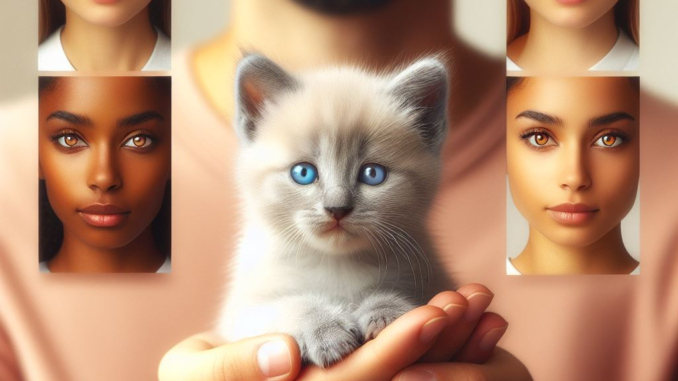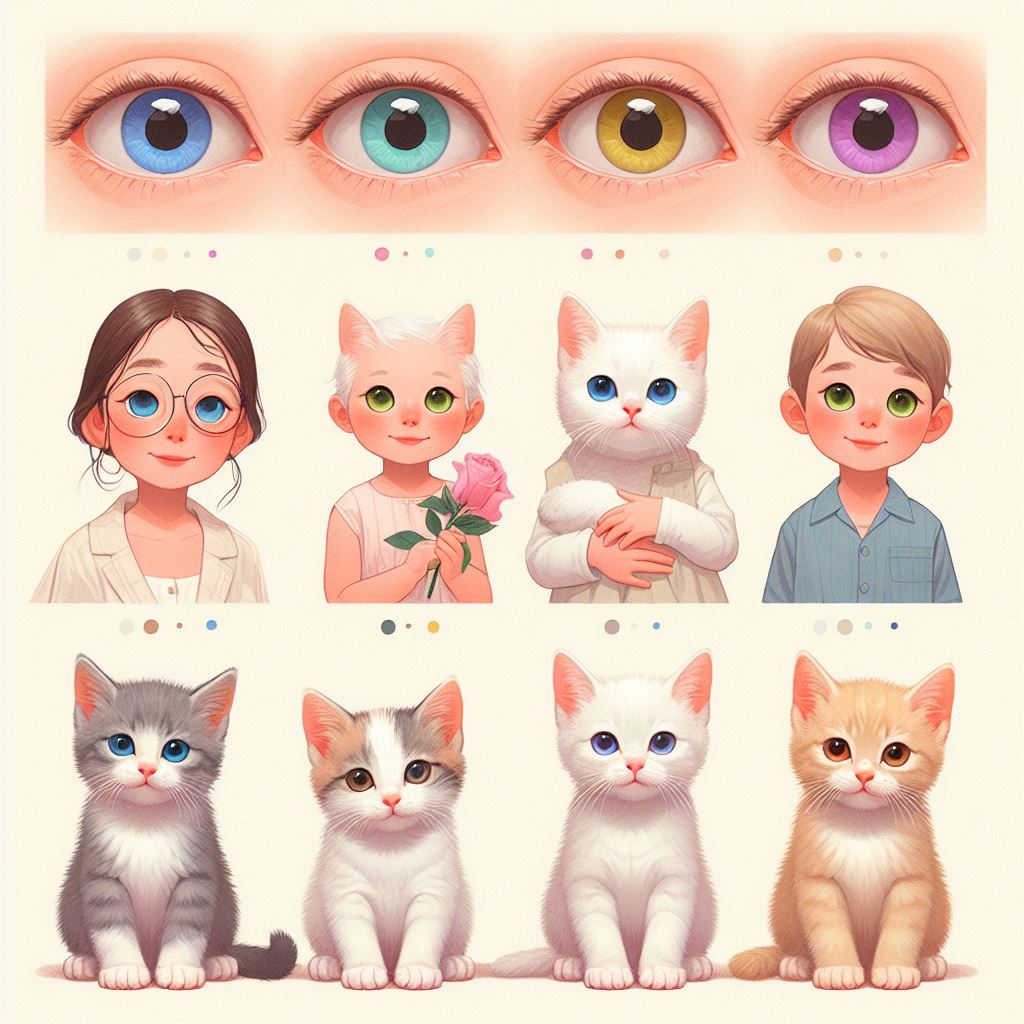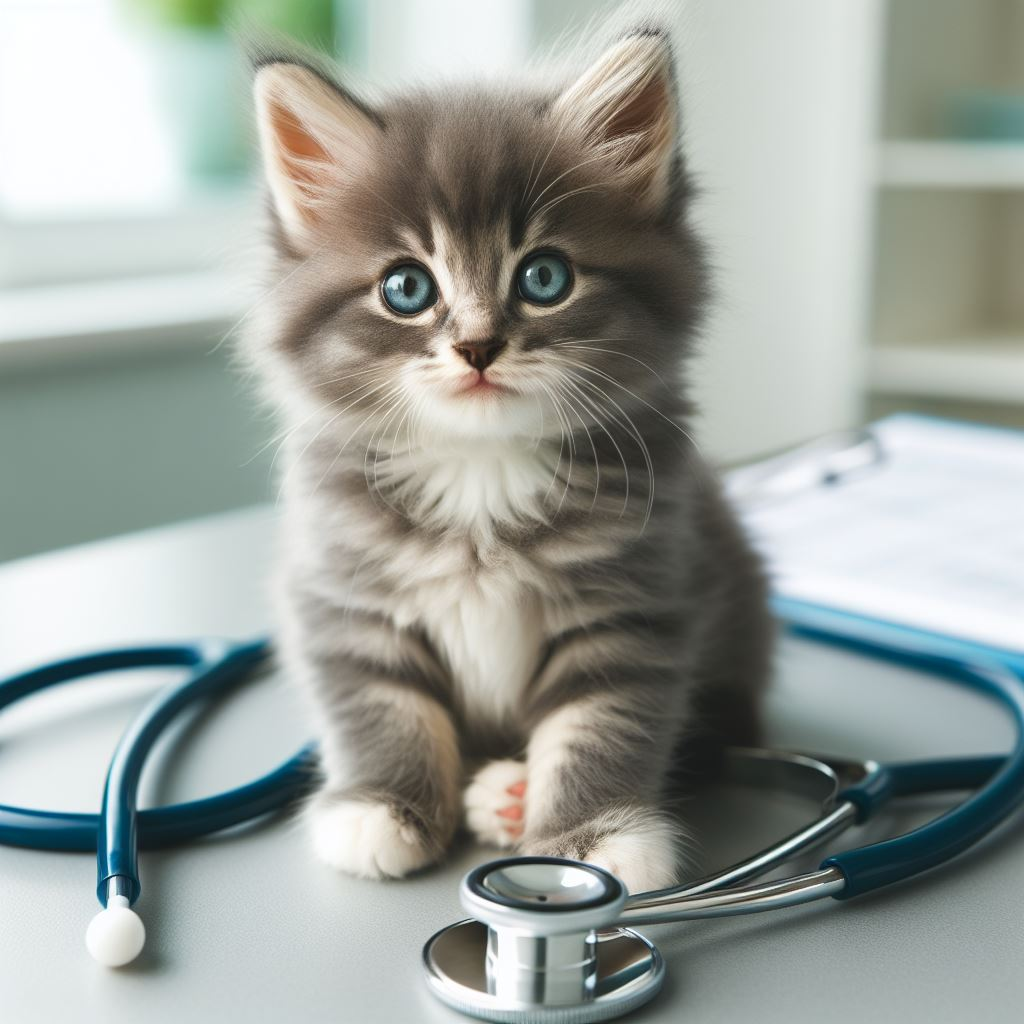
When Do Kittens Get Their Eye Color?
I don’t know about you, but one of my favorite parts of welcoming a new kitten into my home is watching all their little changes as they grow, especially their eyes! I mean, have you seen anything cuter than a tiny furball with big blue eyes? But then those adorable baby blues started changing color, which sparked my curiosity. When exactly do kittens get their permanent peepers? What determines the final eye color? Is it related to their fur color? I couldn’t rest until I got answers!
After doing some digging into this crucial cat question, I uncovered the science behind kittens’ color-changing eyes. And let me tell you, it’s a fascinating mini-mystery filled with genetics, pigments, and light refraction. Who knew cat eyes were so complex? Grab your feline friend, settle in, and let me walk you through the magic behind kittens’ eye color transformation.
Born to Be Blue-Eyed Babies

It may come as a surprise, but kittens aren’t actually born with their final eye color. Nope, every single newborn kitten enters this world with striking blue eyes. Can you even handle the cuteness?! But why blue, you ask? Well, here’s the science-y bit…
“When kittens are born, their eyes lack melanin, which is the pigment that gives color to the iris,” explains vet Dr. Whiskers. “So instead, you see a bright blue color which is caused by light refraction in the eye.” I must admit, the optics are a bit beyond me. But basically, it has to do with short blue light waves getting bounced around the eyeball. Blue is all that gets reflected back at us humans, hence the vibrant baby blues!
“I Could Stare into Those Blue Eyes All Day!”
“Ugh, yes! When we first brought home our tabby, Tofu, her bright blue kitten eyes just melted my heart every time she looked at me,” says my friend Anya. “I probably have about a million photos of her shy little blue-eyed gaze from those first few weeks. I miss them, even though her greenish hazel grown-up eyes are pretty adorable too!”
The Mysterious Melanin Maria
As endearing as they are, kittens can’t stay blue-eyed babies forever. Their transformation into cats with more permanent eye colors starts young. Around 7 weeks old, the melanin production kicks in. Melanin is the pigment that will determine their final eye shade. The more melanin is made, the darker the eyes become. So minimal melanin leads to light green eyes, while lots of melanin results in deep, rich brown.
“It’s quite amazing to observe this melanin effect firsthand in a litter of kittens,” says my cousin Jackie, who often fosters neonatal kittens. “Even siblings that look identical at birth can develop totally unique eye colors. One may get hazel eyes while the other goes full green. It all depends on that unpredictable melanin!”
A Rainbow of Possible Colors
Speaking of final eye colors, kittens can end up with quite a range once the melanin works its unpredictable magic! Here are some hues to expect:
- Brown the most common color in cats
- Yellow – Vibrant golden or lemon eyes
- Orange – Gingery amber eyes
- Green – Rarest eye shade in cats
- Amber – Golden brown eyes
“I was hoping my tuxedo cat, Bowie, would end up with one green eye and one amber eye to match his black and white coat,” says my neighbor Rosa. “Sadly he ended up with plain old yellow eyes. Still cute though!”
Blue-Eyed Wonders that Stay
Now, even though most kittens eventually lose their baby blues, some lucky breeds get to keep these dazzling peepers forever. Due to a gene that limits melanin production, cats like Siamese, Balinese, Birman, Ragdoll, and Snowshoe often rock those stunning blue eyes into adulthood. So, if you fall hard for your kitten’s blue eyes, consider one of these breeds!
One Blue, One Green? Feline Heterochromia
“Heterochromia is a groovy genetic variation that results in a cat having two different colored eyes,” explains Dr. Whiskers. “I once had a patient, Bowie, with one blue eye and one green. It was beautiful and bewitching, almost like he cast a spell on you when he stared your way!” So, here’s a fun fact: Mismatched eyes can occur in kittens, too.
When to Expect Their Final Fabulous Eyes
So when can you expect to gaze into your kitten’s permanent peepers? Typically, eye color changes start between 3-8 weeks old. Many kittens lose their blue shades completely by 12 weeks old. However, the melanin production and final color setting can take upwards of one year in some cats. So, while you’ll get a good sense early on, the transformation can take time.
“Patience is key when it comes to kittens’ eyes,” advises my Auntie Jo, a longtime foster parent. “I’ve had little furballs who shifted from blue to green to some wild hazel color over months. Let those melanin cells work their magic!”
The Complex Feline Eye Genetics
Now, you might assume a kitten’s final eye color comes directly from Mom and Dad. That makes sense, right? Well, sorry to disappoint, but feline eye genetics just aren’t that straightforward. The genes behind kittens’ eyes are rather complex and involve more than simple inheritance.
“Many factors influence a kitten’s eventual eye color beyond the parents’ eye colors,” explains Dr. Whiskers. “Everything from random melanin distribution, modifiers genes, and even epigenetics come into play. That’s why kittens in the same litter can end up with totally different eye colors.” Wild, right?
The Link Between Fur Color and Eye Color
While a kitten’s coat color doesn’t directly determine eye color, some interesting correlations exist. White cats or those with large white spotted coats are statistically more likely to have blue eyes. The genes behind white fur and eye color do overlap. But it’s not a hard and fast rule, as I’ve seen gorgeous gray-furred cats with bright blue eyes, too!
Deafness in White Cats
“An intriguing aspect of white cat genetics is the link between their blue eyes and potential deafness,” says Dr. Whiskers. Due to genetic quirks, some white cats can be prone to congenital deafness, especially if they have one or two blue eyes. However, not all white, blue-eyed cats become deaf. My friend Anya’s precious white cat Cloud lost her hearing but still lives a very happy, normal life chasing catnip mice!
Caring for Your Kitten’s Lovely Eyes
Finally, while marveling at your kitten’s eye color journey, be sure to make their eye health a priority, too. Check for any abnormalities like irritation, discharge or swelling around the eyes. Especially once their adult eye color sets in around a year old, be vigilant that the color remains consistent. Any changes could indicate a health issue worth having your vet examine.
Ensure your kitty’s diet includes nutrients that support eye health, like vitamins A, C, and E, omega fatty acids, antioxidants, and amino acids like taurine. Protect your kitten from eye infections by keeping their environment clean, washing bedding frequently, and using sterile saline eye wash if irritation occurs.
Common Feline Eye Diseases
Unfortunately, just like humans, kittens can suffer from troublesome eye issues. Some common cat eye problems to watch for include conjunctivitis (“pink eye”), cataracts, glaucoma or eye injuries. Catch issues early for the best treatment success in preserving vision and comfort.


Leave a Reply